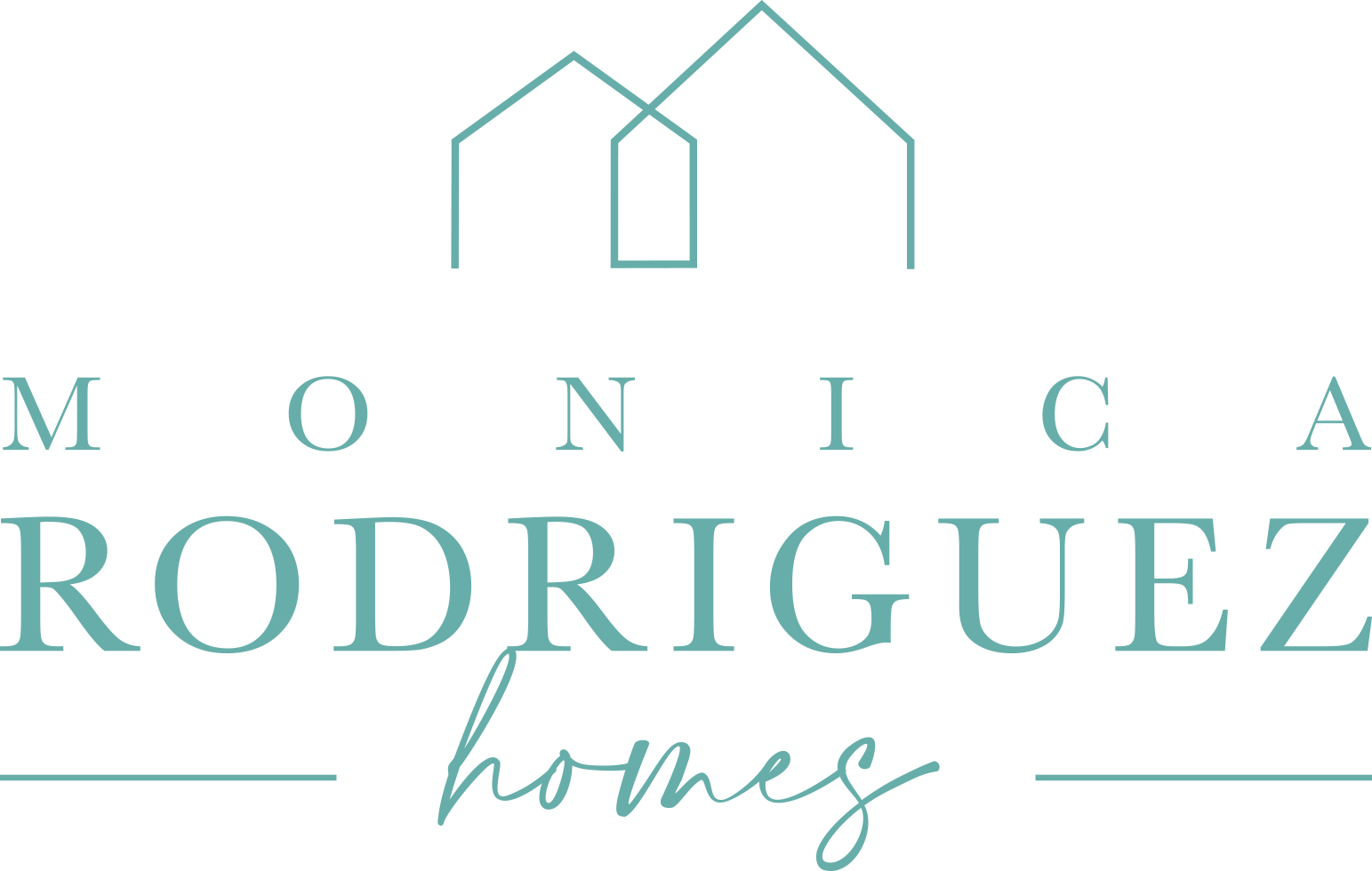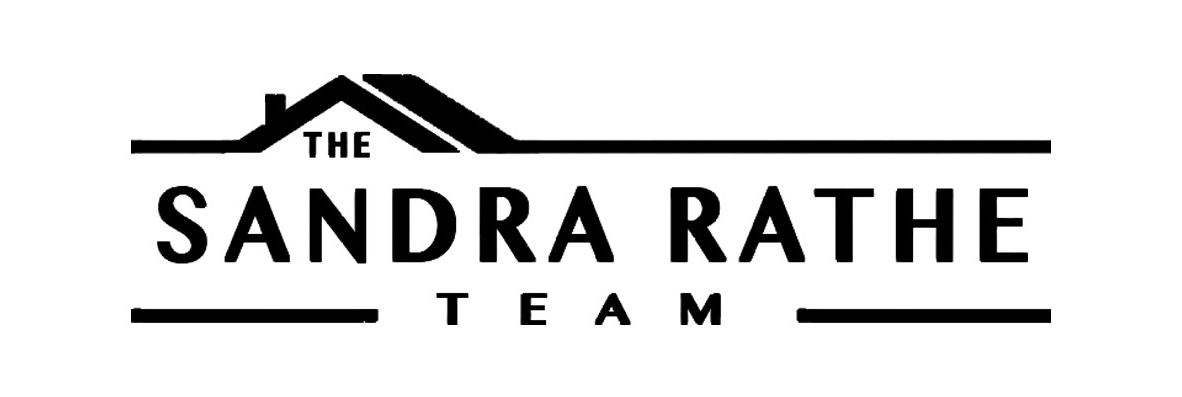Selling a home is more than a transaction—it’s a pivotal moment that marks both an ending and a fresh beginning. From setting the right price to making a lasting impression on potential buyers, each step plays a crucial role in shaping the outcome. Whether it’s your first time selling or you’re a seasoned homeowner, the process can feel complex without the right approach. However, with careful planning and the right insights, you can make informed decisions that streamline the experience and help you get the most out of your property sale.

Preparing Your Home for Sale
Before listing your home, preparation is key to attracting potential buyers and ensuring you get the best possible price. Start by assessing your property through a buyer’s eyes. Simple improvements like a fresh coat of paint, deep cleaning, and decluttering can make a significant impact. A tidy home shows buyers it’s been well-cared-for, making it more attractive. Pay attention to curb appeal as well; the first impression begins the moment a buyer pulls up. Trim the lawn, add potted plants, and make sure the exterior looks inviting.
Staging is another powerful tool to showcase your home in its best light. Staging a home, either professionally or on your own, involves setting up furniture, artwork, and décor to showcase the home’s best features and create a welcoming environment. Neutral tones and minimal décor help buyers envision themselves in the space. Consider the layout and flow of each room—maximize light, open spaces, and ensure each area serves a clear purpose. Small touches, like fresh flowers or new throw pillows, can enhance the overall feel without requiring a large investment.
Finally, it’s important to address any necessary repairs. Buyers are likely to notice even small issues, like a dripping faucet or broken light fixture, which can leave a negative impression. Consider a pre-listing inspection to uncover any hidden problems that might arise during a buyer’s inspection. Handling these repairs in advance can prevent delays in the sale process and provide greater peace of mind for both you and the buyer. Preparing your home thoughtfully sets the stage for a successful sale and can ultimately lead to higher offers.
Pricing Your Home Strategically
Determining the right asking price for your home is one of the most critical steps in the selling process. Overpricing can scare off buyers, while underpricing might result in lost profits. The goal is to strike a balance that reflects your home’s true market value while still attracting strong interest. A well-researched pricing strategy can set the tone for how quickly and smoothly the sale moves forward.
Start by reviewing comparable properties in your neighborhood, known as “comps.” These are homes with similar square footage, features, and locations that have recently sold or are currently on the market. Analyzing comps helps you understand what buyers are willing to pay for homes like yours. Take note of how long comparable homes stayed on the market, and whether they sold for above, below, or at their list price. This gives you insight into the local market dynamics and buyer demand.
In addition to reviewing comps, consider your home’s unique features. Does it have a modern kitchen, a recently updated roof, or an energy-efficient design? Special attributes can justify a higher price, but it’s important to be realistic. Even standout homes need to be priced competitively to capture buyers’ attention in the initial weeks of listing. Homes that linger on the market for too long are often overlooked or seen as having potential issues, which can lead to lower offers over time.
Market timing also plays a role. In general, spring and early summer are prime seasons for home sales, as buyers are more active. However, market conditions, such as interest rates and the state of the economy, should be factored in as well. Strategic pricing is about understanding both the broader real estate market and the specifics of your property, ensuring that you attract serious buyers while maximizing your return.
Marketing Your Home Effectively
Once your home is priced and ready for sale, a robust marketing strategy is essential to reach potential buyers. In today’s competitive real estate market, simply listing your property isn’t enough. Effective marketing involves showcasing your home’s best features through multiple channels, both online and offline, to ensure it captures the attention of the right buyers quickly.
Professional photography is the foundation of modern home marketing. High-quality images highlight your home’s strengths and create an inviting first impression. Buyers often browse listings online before scheduling a viewing, and well-lit, professionally staged photos can make your property stand out in a sea of options. Consider including a virtual tour, which allows prospective buyers to explore the layout and flow of your home from the comfort of their own space. This added convenience can help attract serious buyers who are ready to move to the next stage of the process.
Beyond photography, crafting a compelling property description is key. Focus on what makes your home unique, from architectural details to standout features like a large backyard or proximity to schools and amenities. Be sure to mention recent updates or renovations, as buyers often appreciate turnkey properties that require minimal work. Words like “spacious,” “modern,” or “move-in ready” can pique buyer interest and encourage them to learn more.
In addition to listing on popular real estate websites, social media platforms offer a powerful way to expand your home’s reach. Sharing your listing on platforms like Instagram and Facebook allows you to tap into a broader audience, often beyond your immediate community. Open houses, yard signs, and flyers can also generate local interest, especially in neighborhoods with high foot traffic.
A well-rounded marketing plan helps ensure that your home is seen by as many qualified buyers as possible, increasing the likelihood of multiple offers and a faster sale.
Showings and Open Houses
Once your home is on the market, the next step is attracting potential buyers through showings and open houses. These opportunities allow buyers to experience your property firsthand, which is often when they begin to form emotional connections to the home. Creating a welcoming environment for showings can significantly impact their interest and willingness to make an offer.
Before each showing or open house, ensure your home is clean, organized, and free of personal items. Buyers need to be able to visualize themselves living in the space, which is easier when the home feels neutral and uncluttered. Remove family photos, unique décor, and any items that may distract from the home’s features. Instead, focus on creating a bright, airy atmosphere by opening blinds, turning on lights, and ensuring rooms are well-ventilated. A clean, fresh-smelling home will leave a lasting positive impression.
It’s also important to be flexible with scheduling showings. Buyers often have busy lives, and the more accommodating you can be with timing, the more likely you are to attract serious offers. Weekends and evenings are common times for showings, but being open to last-minute requests can increase the number of potential buyers who view your property. For open houses, consider holding them during peak times, such as weekend afternoons, when more buyers are likely to attend.
During showings, it’s a good idea to leave the house. Buyers may feel uncomfortable voicing their opinions or asking questions if the owner is present. Allowing them space to explore and imagine their life in the home helps foster a stronger connection. Many sellers also choose to have a professional real estate agent handle showings and open houses, which can add a layer of professionalism and comfort for buyers.
Ultimately, well-executed showings and open houses increase buyer engagement and can lead to faster, more competitive offers.
Receiving and Evaluating Offers
Once buyers begin to express interest, you’ll likely start receiving offers. This stage is exciting but requires careful consideration to ensure you select the best deal. It’s important to remember that the highest offer is not always the best one—other factors like contingencies, financing, and the buyer’s timeline can heavily influence the appeal of an offer.
When an offer comes in, take the time to evaluate its components beyond just the price. Look at the buyer’s financing—are they paying in cash, or are they reliant on a mortgage? Cash offers are typically less risky and can close faster, while mortgage-dependent offers may involve additional steps, such as appraisal and lender approval, that could slow down or complicate the process. Along with financing, review any contingencies the buyer has included. Common contingencies involve home inspections, appraisals, or the sale of the buyer’s existing home. While contingencies are normal, fewer contingencies often mean a smoother, quicker sale.
The buyer’s proposed closing date is another factor to consider. If you need to sell quickly, an offer with a shorter timeline may be more appealing than one that requires an extended closing period. However, if you’re not in a rush to move, you might be more flexible in favor of a stronger offer in other areas.
In some cases, you may receive multiple offers. When this happens, you have the opportunity to weigh the pros and cons of each offer and potentially negotiate for better terms. For instance, if two offers are close in price, but one buyer has fewer contingencies or is willing to close sooner, you can use that as leverage to negotiate with the other party.
Carefully evaluating each offer’s terms ensures you choose the one that aligns best with your goals, balancing both financial and logistical considerations for a successful sale.
Negotiating the Sale
Once an offer is received, the negotiation phase begins, and this is where strategy and communication play vital roles. Buyers rarely offer the full asking price upfront, so counteroffers are a common part of the process. Negotiations can include not only the sale price but also terms such as closing costs, repairs, and the timeline for completing the sale. Knowing how to navigate these discussions helps you secure the best possible outcome while keeping the transaction moving forward.
Price is often the primary focus of negotiations, but it’s important to look at the big picture. If a buyer offers less than expected, consider whether other aspects of their offer make it appealing. For instance, they may be offering a quicker closing or have fewer contingencies, which could save you time and reduce risks. If the initial offer is lower than you’re comfortable with, a well-structured counteroffer can bring the buyer closer to your target price. Counteroffers should be reasonable and backed by market data to show the buyer that your price expectations are fair.
In addition to price, negotiations can also include requests for repairs or credits. After a home inspection, buyers may ask you to address certain issues or offer a credit at closing to cover the cost of repairs. It’s wise to consider these requests carefully—some minor repairs may be worth agreeing to in order to keep the deal on track. However, for more substantial repairs, you may want to negotiate a middle ground, offering a partial credit or completing only the most critical fixes.
Flexibility can be a powerful tool in negotiations. For example, being open to adjusting the closing date to accommodate the buyer’s schedule can make your offer more attractive. Ultimately, the goal of negotiation is to reach an agreement that satisfies both parties and leads to a successful, timely closing without unnecessary delays.
The Home Inspection and Appraisal
Once negotiations are settled and an offer is accepted, the home inspection and appraisal are two key steps that ensure the transaction moves forward smoothly. These evaluations provide both the buyer and lender with important information about the home’s condition and value, offering protection for all parties involved.
The home inspection is typically scheduled shortly after an offer is accepted. A licensed inspector thoroughly examines the property, looking for structural issues, safety concerns, and any necessary repairs. This inspection covers everything from the roof and foundation to electrical systems, plumbing, and appliances. While this process can feel nerve-wracking for sellers, it’s important to remember that most homes, even newer ones, have issues that arise during inspections. The key is to remain flexible and prepared to address any problems the buyer may raise afterward.
Depending on the results, the buyer may request that you either make repairs or offer a credit at closing to cover the costs. Small issues, like replacing a leaky faucet or fixing a broken door hinge, are often worth resolving quickly to maintain goodwill. However, for larger issues, such as foundation problems or roof leaks, you may need to negotiate further with the buyer. Offering to pay for part of the repair costs or providing a credit may be a more efficient way to move the sale forward rather than delaying the process with extensive repairs.
The appraisal is another crucial step, particularly if the buyer is financing the purchase with a mortgage. The lender will require an appraisal to ensure the home’s value matches the agreed-upon sale price. If the appraisal comes in lower than the sale price, the buyer’s lender may not approve the full loan amount. In this case, both parties may need to renegotiate the price or find other solutions, such as the buyer increasing their down payment.
Successfully navigating the inspection and appraisal process keeps the sale on track and brings you one step closer to closing day.
Closing the Sale
As the final step in the home-selling process, closing represents the moment when all the hard work, negotiations, and planning come together. This phase involves finalizing the details of the transaction, transferring ownership, and completing the necessary paperwork. While the closing process can feel complex, understanding what to expect helps ensure everything proceeds smoothly.
Before the closing day, a few critical tasks must be completed. First, the buyer typically conducts a final walkthrough of the property. This gives them the opportunity to confirm that the home is in the agreed-upon condition and that any negotiated repairs have been completed. As the seller, it’s important to ensure the home is clean, all personal belongings are removed, and the property is left in a “broom-swept” state, as required by most sale contracts.
On the financial side, both parties will receive a closing disclosure. This document outlines the final costs of the sale, including any outstanding mortgage balance, taxes, fees, and the agreed-upon sale price. Review this carefully to make sure everything is accurate, as errors can cause delays on closing day. If you are working with a real estate attorney, they will also review the documents to ensure your interests are protected.
Closing day itself typically takes place at a title company or attorney’s office. All parties involved—the buyer, seller, real estate agents, and possibly attorneys—come together to sign the necessary paperwork. These documents include the deed, transferring ownership of the property to the buyer, and various legal forms ensuring the transaction is complete. After the paperwork is signed, the buyer’s funds are transferred, and your mortgage, if applicable, is paid off.
Once the transaction is finalized and the deed is recorded, you’ll hand over the keys to the new owner. Closing officially marks the end of the home-selling process, and with everything in order, you’ll walk away with the proceeds from the sale, ready for your next chapter.
Making the Most of Your Home Sale
Selling a home can be a complex process, but with the right preparation, strategy, and guidance, you can achieve a successful sale that meets your goals. From getting your home ready for the market to negotiating offers and closing the deal, every step plays a crucial role in securing the best outcome. Whether you’re looking to sell quickly or maximize your return, having a solid plan ensures a smoother experience.
When you’re ready to sell your home, contact me for expert advice and personalized support throughout the entire process. Let’s work together to make your home sale a success.




